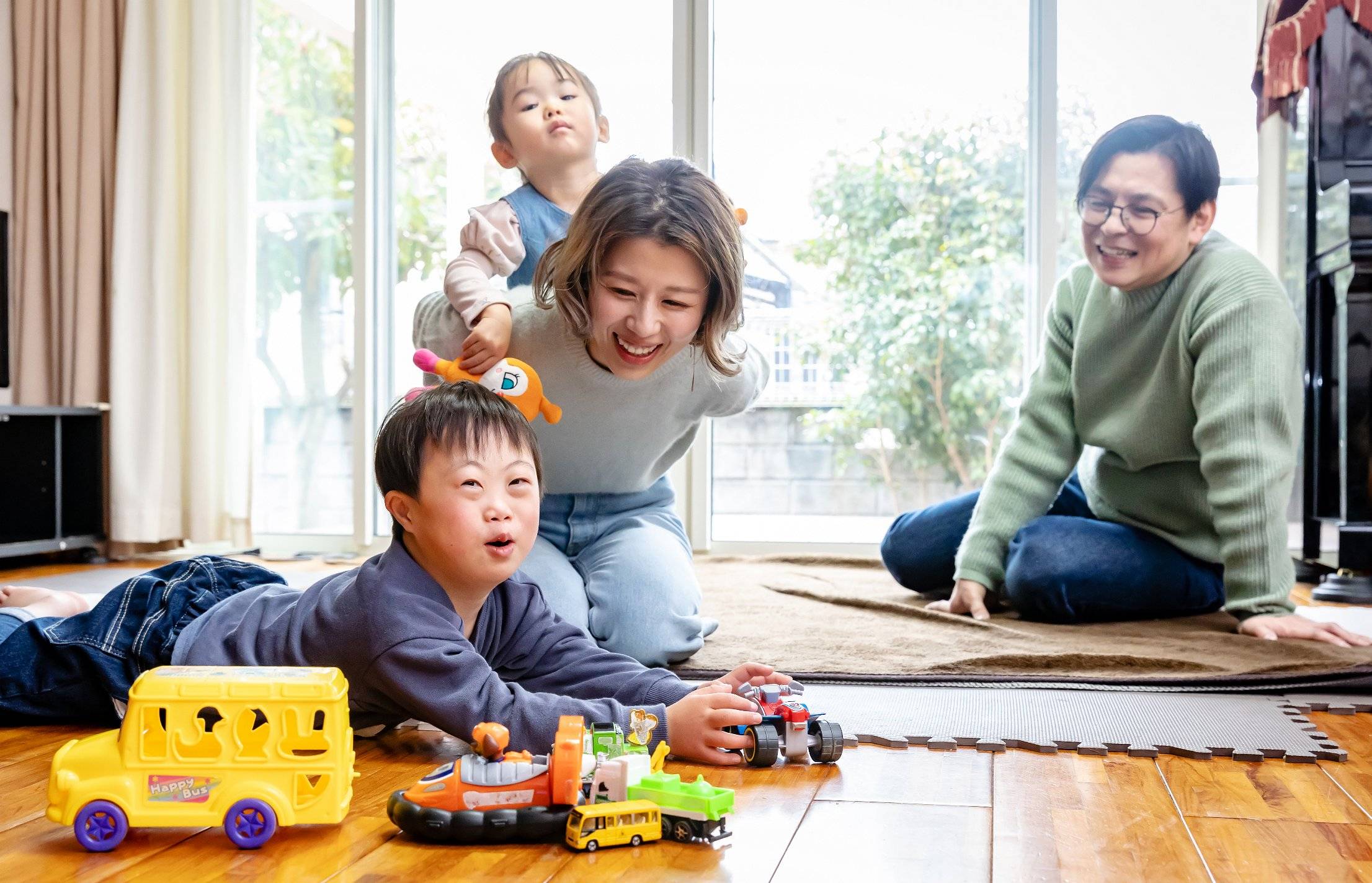In Japan, about 42,000 children are unable to live with their biological parents due to bereavement, abuse, poverty or various other reasons.
The "special adoption" system is a way to bring these children into a home and legally establish a parent-child relationship. However, 80% of such children are being cared for in institutions, with the number of adoptions having been sluggish even after a Civil Code revision in 2020 that eased conditions.
The special adoption system began in 1988. In principle, married couples over the age of 25 are eligible to adopt. They can either apply to private organizations that facilitate adoptions or register with public child consultation centers as "foster parents who wish to adopt." After a period of observation, the adoption is finalized by a court decision.
















With your current subscription plan you can comment on stories. However, before writing your first comment, please create a display name in the Profile section of your subscriber account page.